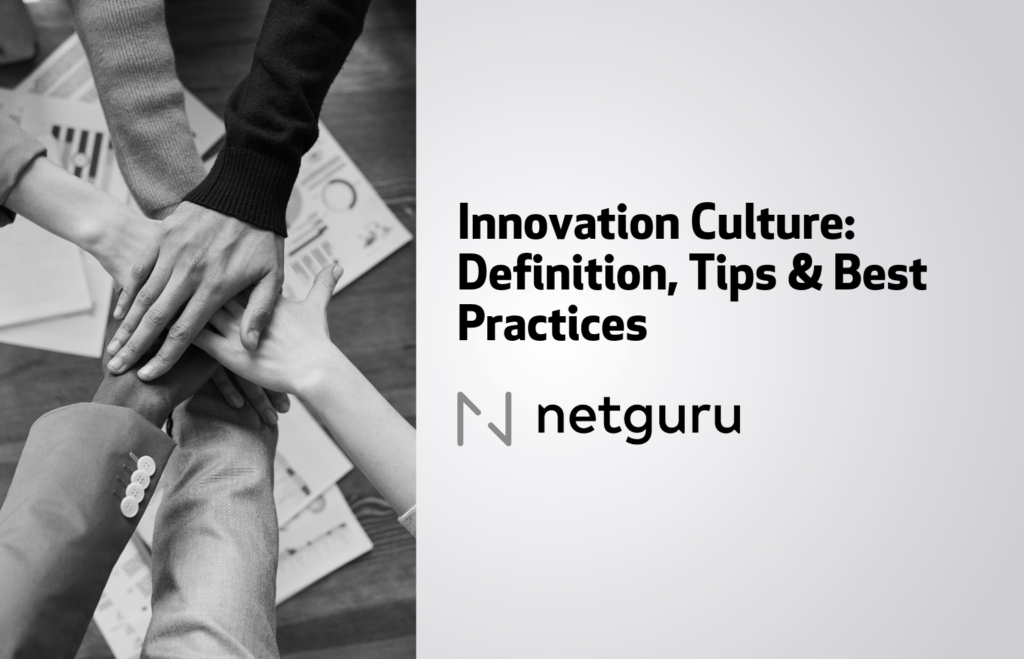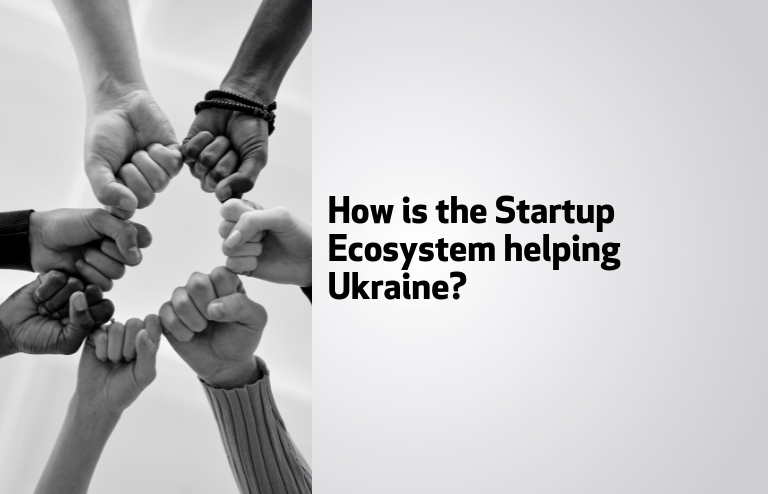Innovative startup technologies knock on every door today, including those with the “health” inscription. More and more often it turns out that thanks to them we do not have to go to the doctor every time the body temperature exceeds 36.6 degrees by a few bars. However, it is worth remembering that the creators of startups that develop medical technologies face many challenges of a different caliber. We asked Marcin Szczeciński, Investment Manager at Adamed Technology Sp. z o.o. about the most important ones.
# Regulations
The world of medical technology is a field of economic activity, which is subject to a very wide range of regulations. A challenge for a startup is determining, at the earliest possible stage, what a product or service status from a legal standpoint is and therefore which regulations will be relevant.
A number of provisions and guidelines may concern both the process of research and development of the new technology, product approval or certification in compliance with appropriate procedures, as well as marketing and sales activities (e.g. ban on advertising of prescription drugs to the general population). The domain of medicinal products, commonly known as drugs, is the most strictly regulated one. Here, regulations and guidelines determine among others: the necessary scope of the research process, sequences of subsequent tests or product quality issues. The requirements may vary depending on which specific medicinal product we develop.
Different rigors apply to so-called original drugs and to generic medicinal products. Expectations towards biopharmaceuticals are formulated in a slightly different way than in the case of small molecule drugs. The regulatory pathway for the development of a biosimilar drug is also different from that of a generic drug (chemical). The guidelines for different therapeutic indications may also be different. Advanced therapy medicinal products, e.g. gene or cell therapies, are yet another thing. Animal testing and clinical trials in the course of the development of new drugs are unavoidable in practice, and dedicated regulations are in place as well.
The approval process is also strictly regulated. There are several possible procedures. The choice of the appropriate one is determined by the type of the medicinal product to be launched on the market. Marketing authorization is based on a review of application precisely defined by law. This procedure even assesses how the product is packaged and leaflet content.
The second relatively heavily regulated area is medical devices. It concerns a class of products that is very diverse. A medical device may be a product in the form of capsules taken orally and used as a relief for gastric problems, although its form suggests that we are dealing with a drug. Medical devices also include e.g. bandages, syringes, mobile applications for diagnostics and treatment, hearing aids, glucometers, orthopaedic implants, nebulizers and computed tomography devices. This list can be continued indefinitely.
The level of requirements for a given product depends on the class of medical devices it qualifies for (classes I to III) as well as its specific use. There are dedicated standards, for example, for glucometers or drug inhalers.
Startups, whose product is located on the borderline between a medicinal product and a medical device, face a particular challenge. In this area, standards have also been adopted to determine which legal regime should apply. Unfortunately, the development of technology is sometimes so rapid that regulations do not follow it. A product may then fall into a gray zone when there are no regulations in force that would directly apply. This means that one has to pave the regulatory pathway for such a product. It is a difficult task, albeit not an impossible one.
Lack of knowledge about what product is being worked on in the context of appropriate regulations does not allow for rational planning of its development path. Without this, it is not possible to reasonably estimate the necessary financial resources, timetable or to identify and manage risks.
# Market characteristics
A feature of the medical technology market is that it is relatively rare for the end user of the product, i.e. the patient, to choose the product or the procedure to be applied, on their own. This is most often decided by a doctor. In turn, its direction is influenced by the payer, who decides what benefits are to be financed and to what extent. Medical decisions are shaped by a continuous training process and practice. It is also important to be aware of the existence of a number of therapeutic guidelines issued by the relevant medical societies, which, on the basis of dozens of studies and meta-analyses, make expert recommendations as to how to treat a given diseases. For many technologies, a position on them in such guidelines may become a “to be or not to be”.
In such a complex market environment, it is difficult to carry out a day-to-day revolution. Conquering the market and convincing people to buy a product primarily on the basis of arguments derived from evidence-based medicine is a long-term effort. It is also critical to create an adequate business model that takes into account the expectations of most stakeholders and the realities of the market. Questions:
- How will a patient find out about my product?
- Are they used to paying for such products?
- Will the product facilitate or complicate the work of the doctor?
- What is the benefit to the doctor in connection with the use of my technology?
- Is there enough time during a medical consultation to apply my technology?
- Who will actually use it? Maybe it will be the support staff?
- Will the technology eliminate the need for additional, costly procedures?
- What savings will we generate for the payer?
- If the patient cannot reasonably be expected to pay for the technology, it will not be done by the payer or the doctor, for whom it may be profitable to finance it, and under what conditions?
– should be answered as early as possible before costly product or service development begins. All the assumptions made in this area should be confronted with reality as soon as possible, discussing them extensively with the main stakeholders. Not asking yourself these questions, not verifying the assumptions in good time, can lead to painful disappointments, when the startup’s product has already covered the bumpy road to the market.
Continuation of the article next week on the MIT Enterprise Forum Poland blog.







